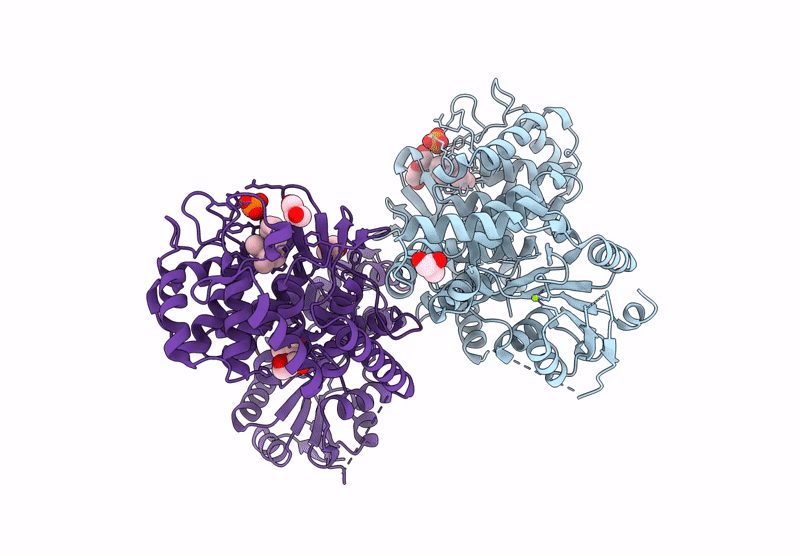
Deposition Date
2024-12-12
Release Date
2025-07-16
Last Version Date
2025-07-16
Entry Detail
Biological Source:
Source Organism:
Aquimarina spongiae (Taxon ID: 570521)
Host Organism:
Method Details:
Experimental Method:
Resolution:
2.23 Å
R-Value Free:
0.24
R-Value Work:
0.20
R-Value Observed:
0.20
Space Group:
C 1 2 1


